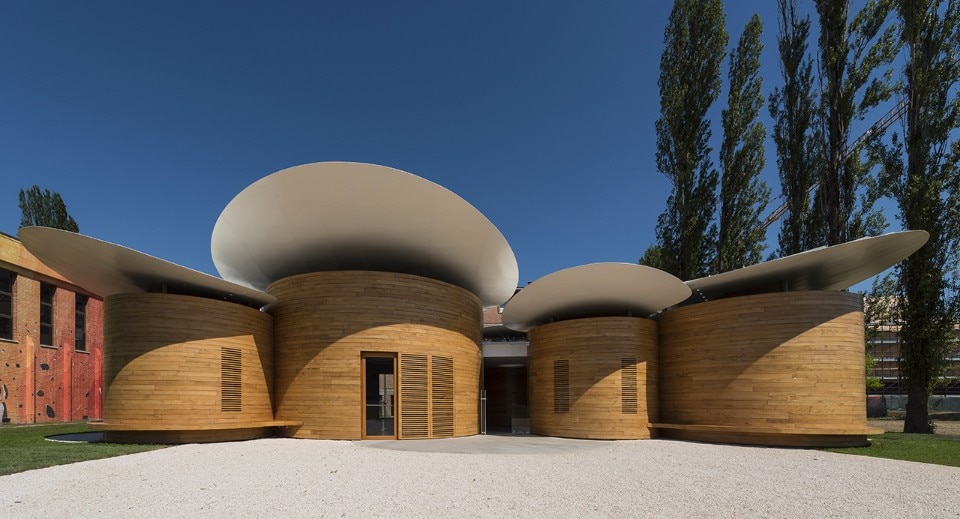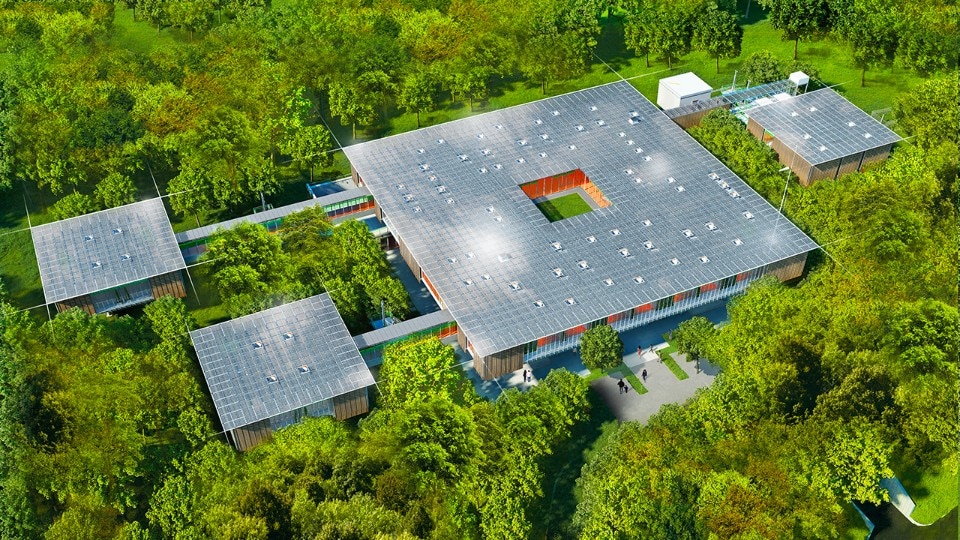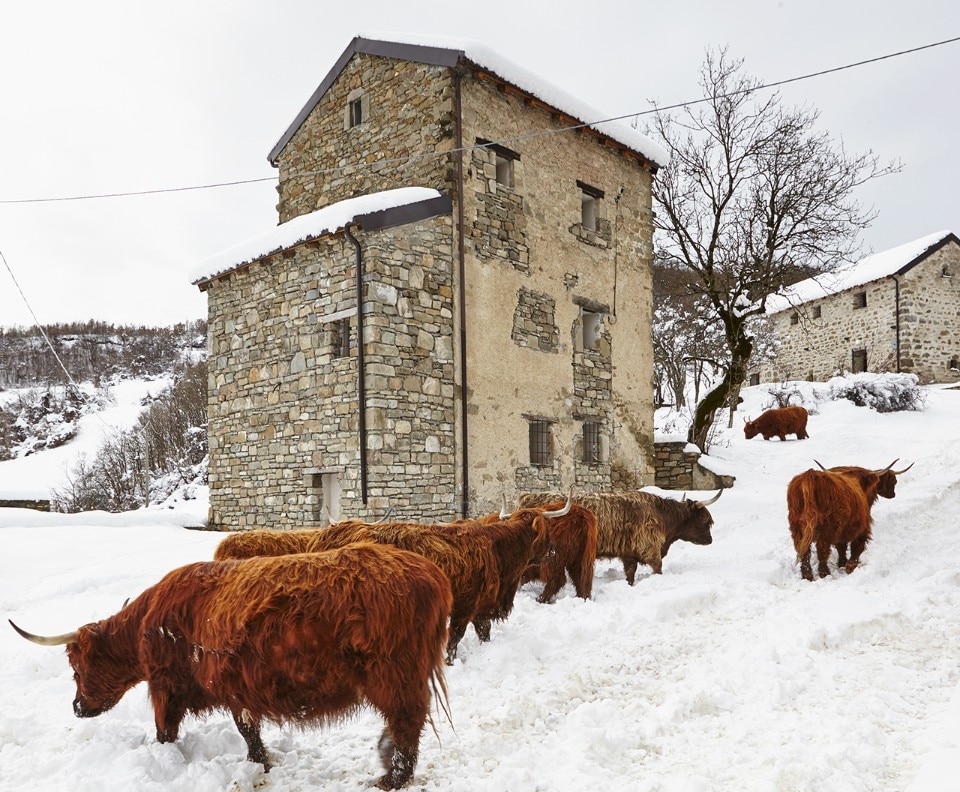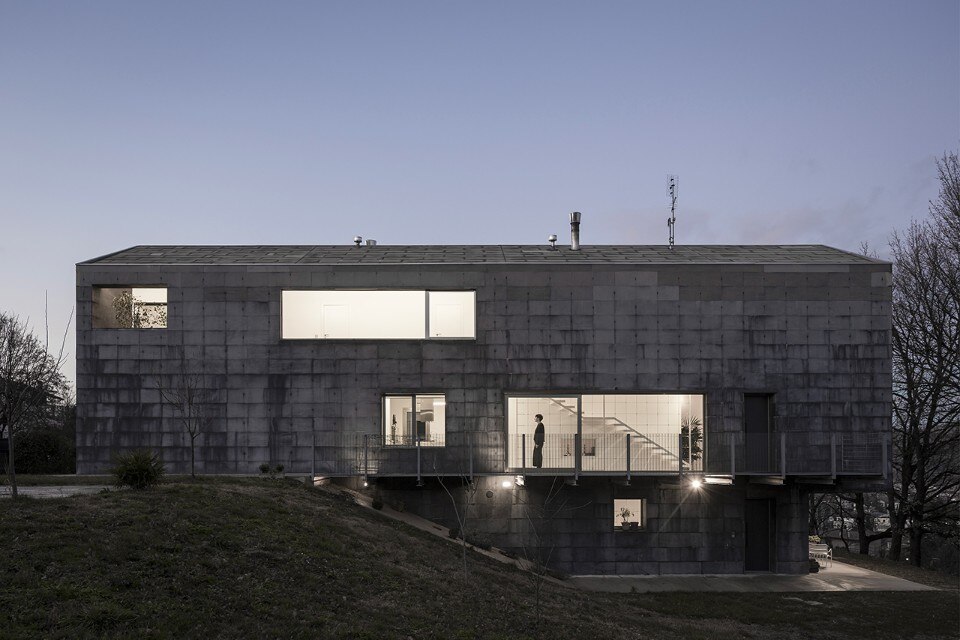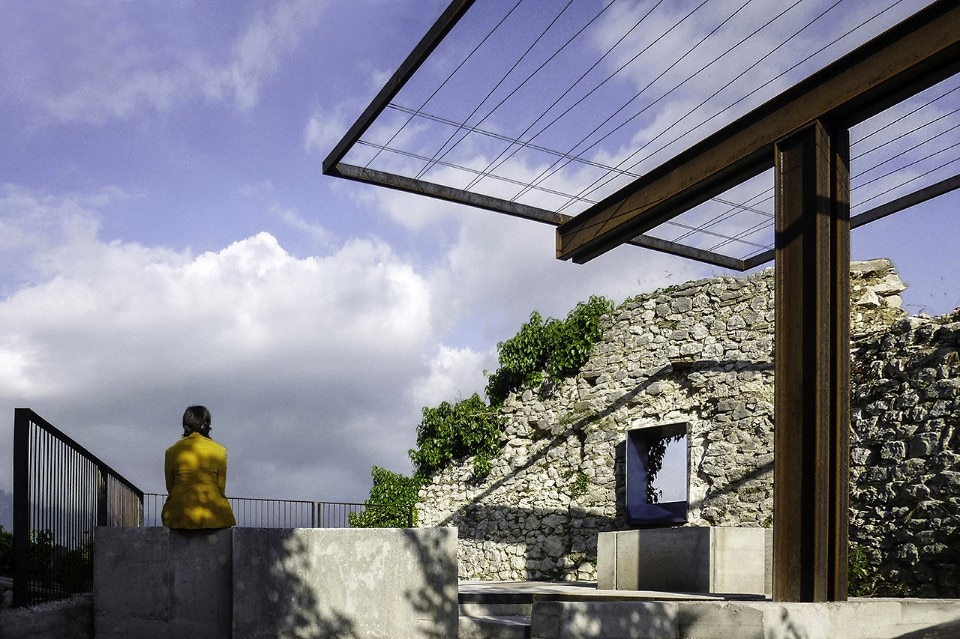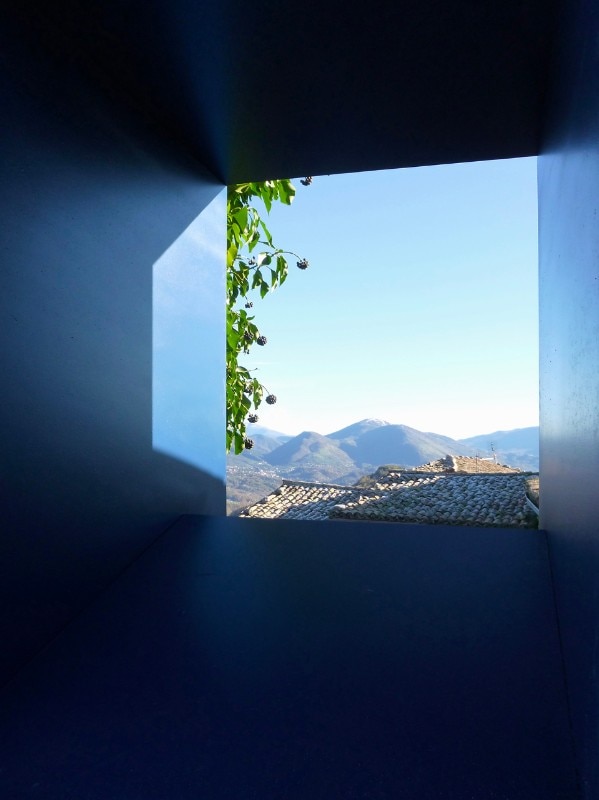From the junction at Colle di Cadibona by Savona in Liguria, our itinerary splits in two. One route travels east along the Alps; the other takes a sharp right down the Apennines to Bocca Trabaria by Pesaro and Urbino. This is where architecture attempts to mend its broken relation to nature and assuage the overload of infrastructure: large-scale “slow-speed” initiatives such as in the Val di Sette valley, where municipalities subscribed to a regional plan of cultural and environmental reinstatement, and in Massarosa, where a one-kilometre lakeside walk-and-cycle path was built.
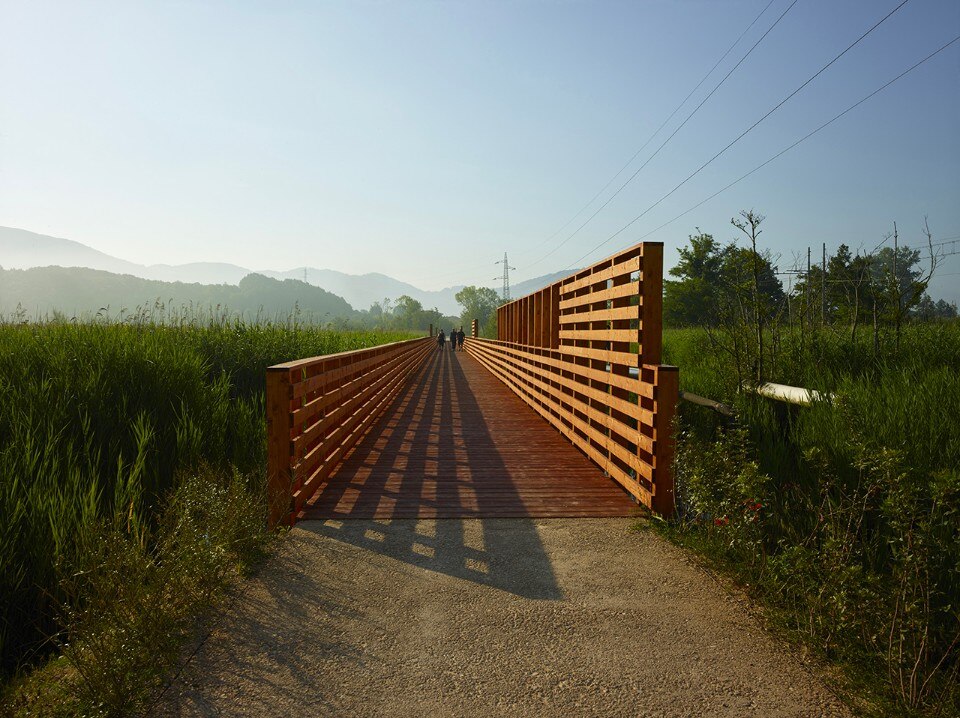
 View gallery
View gallery

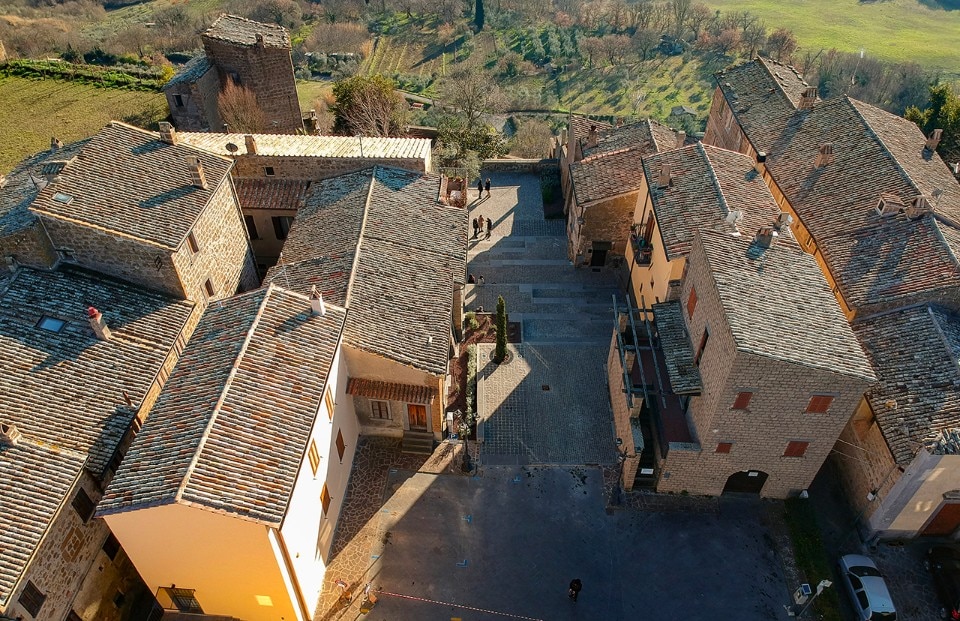
Piazza a Bagnoregio - MIR Architettura
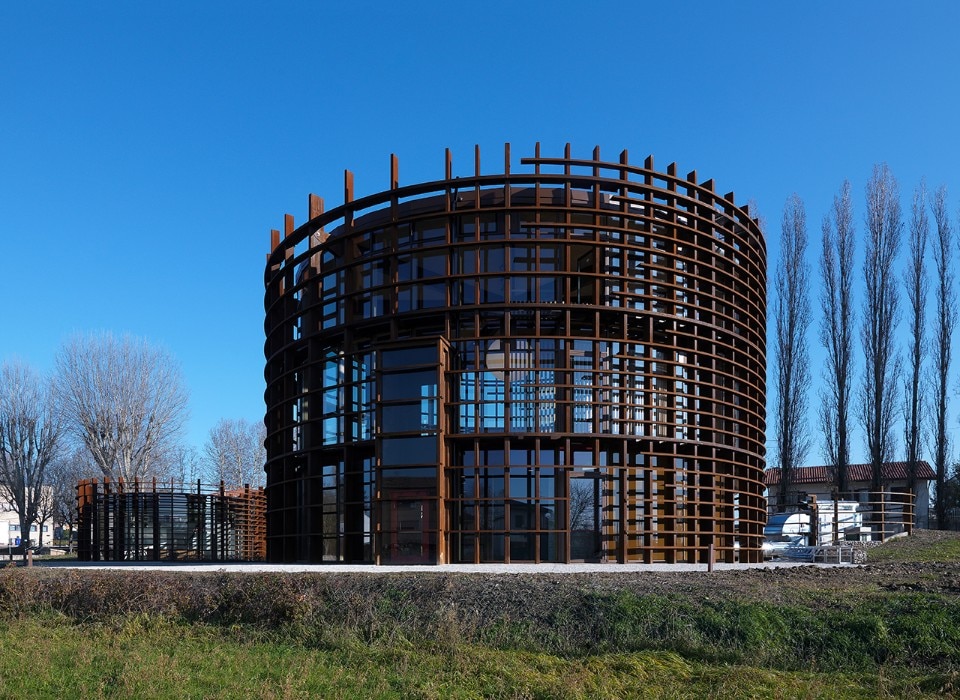
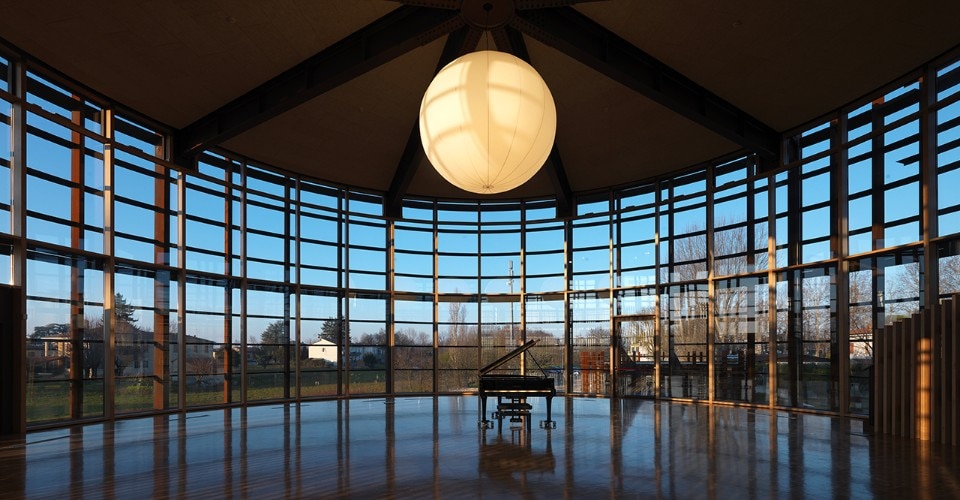
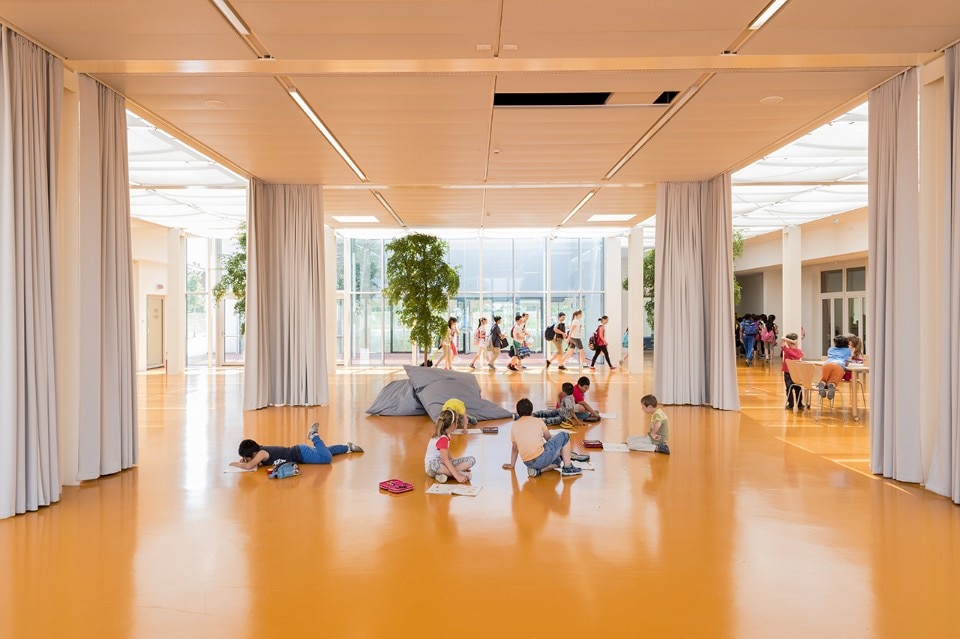
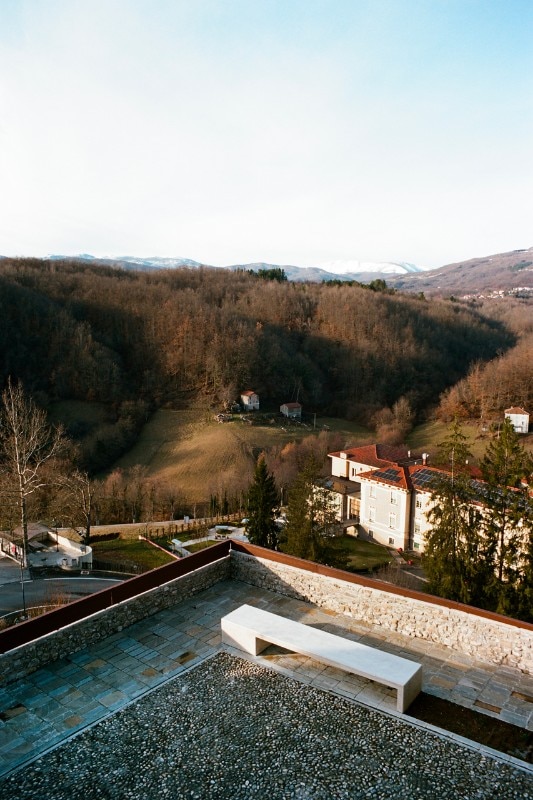
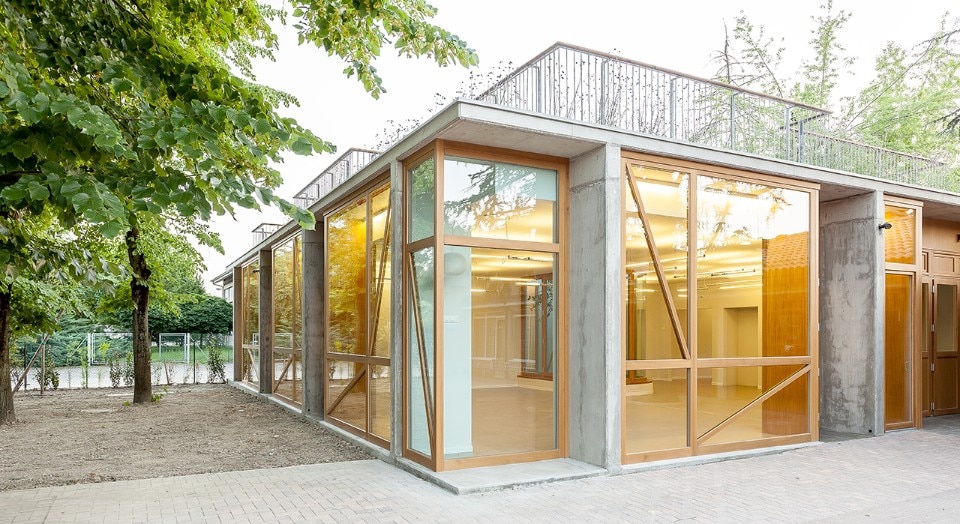
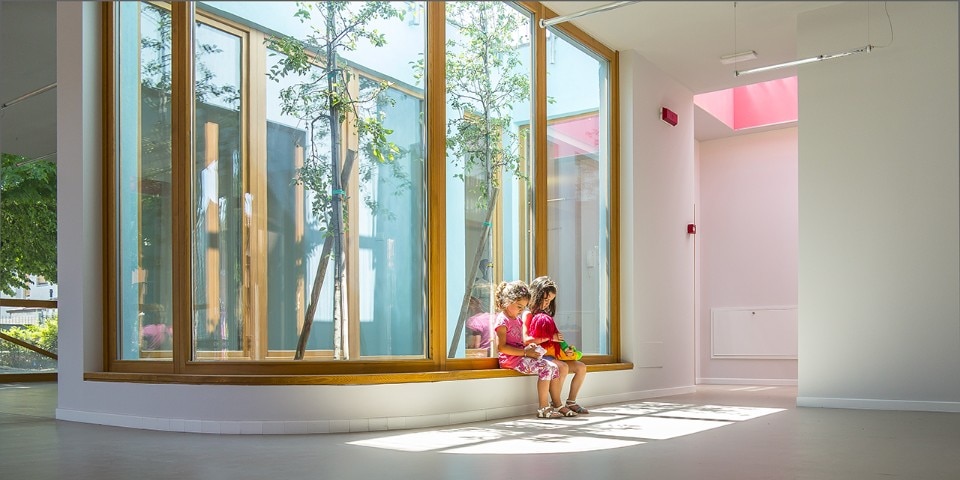
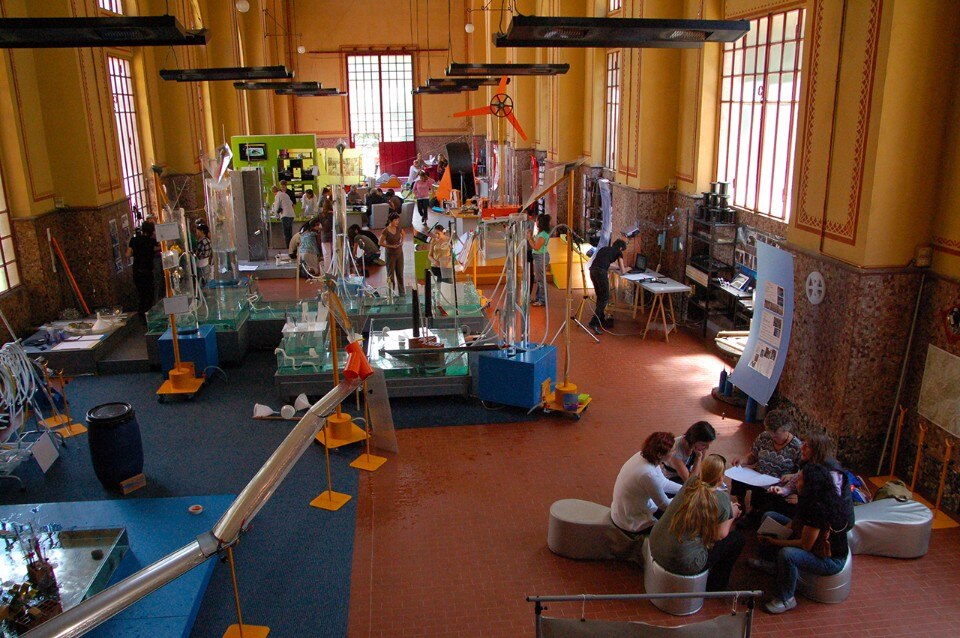
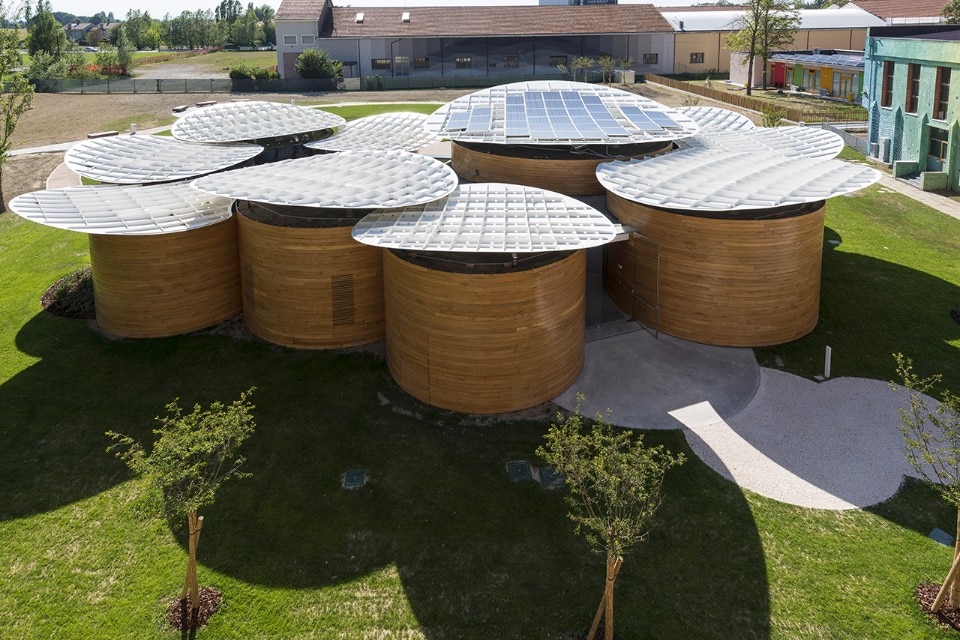
Casa della Musica - Pieve di Cento - Arch. Mario Cucinella
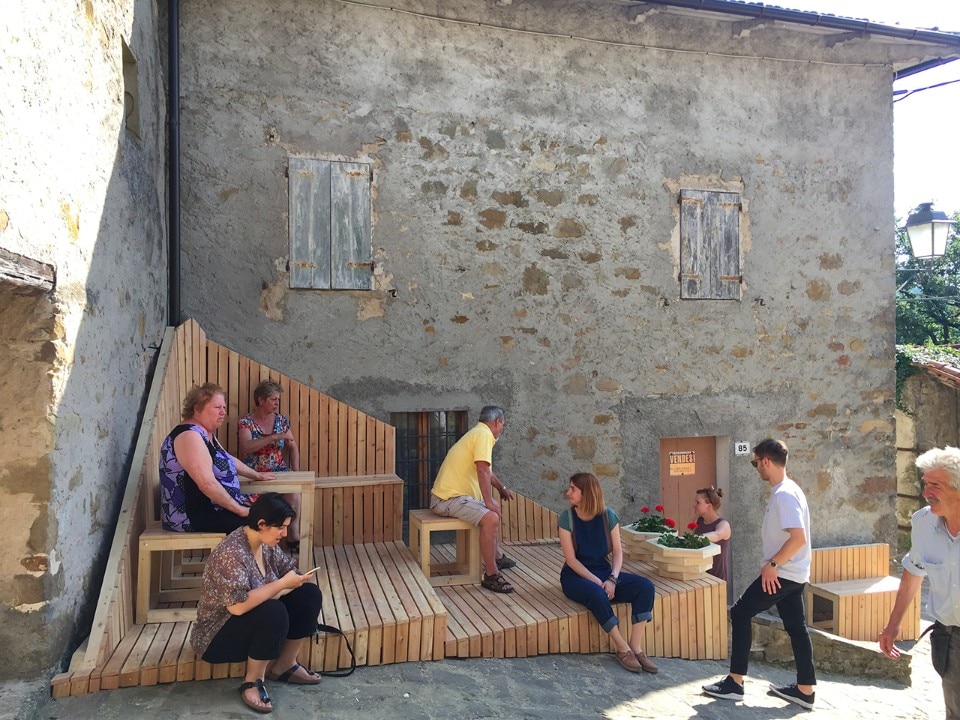
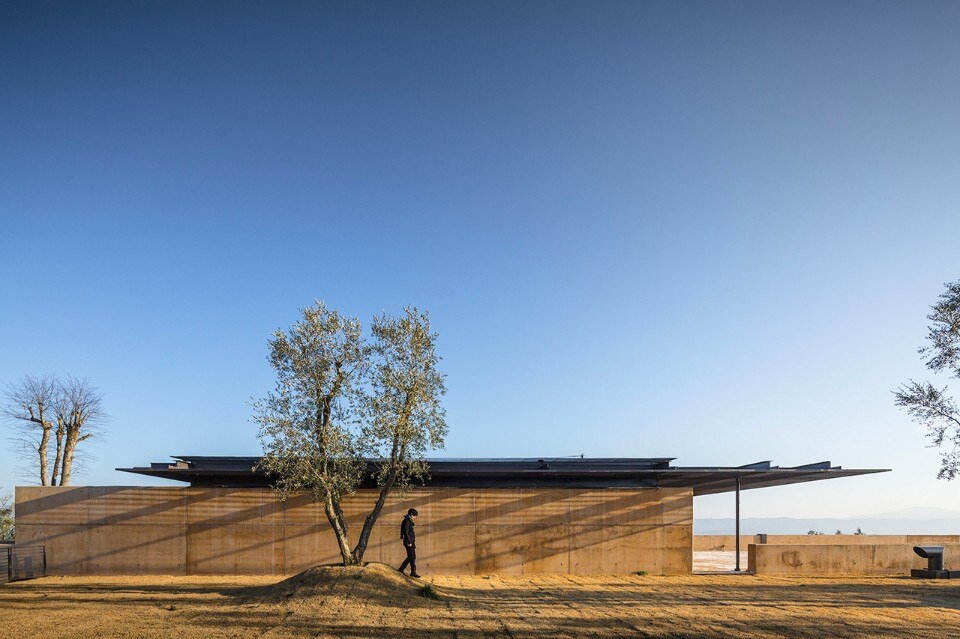
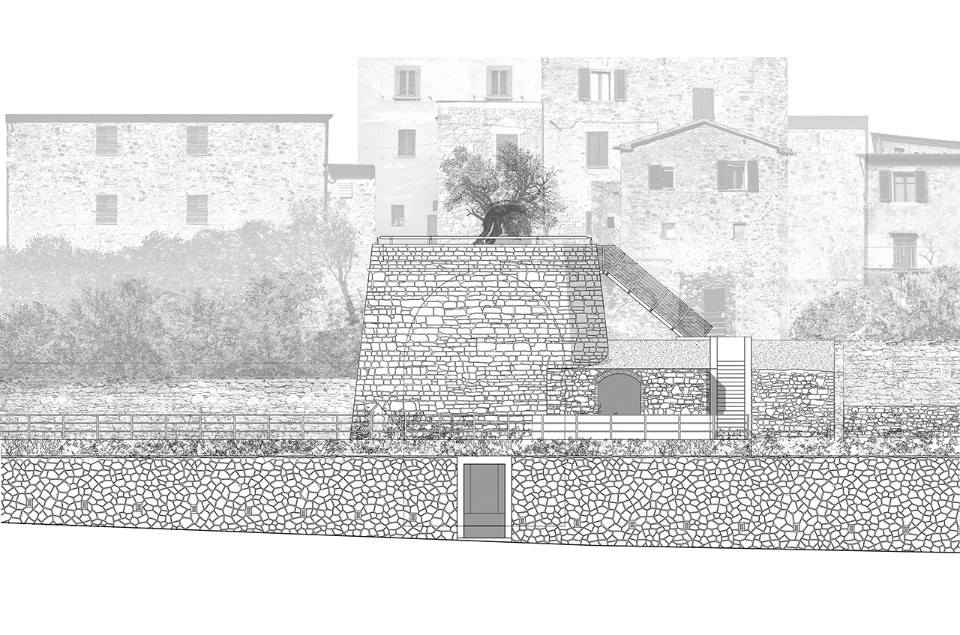
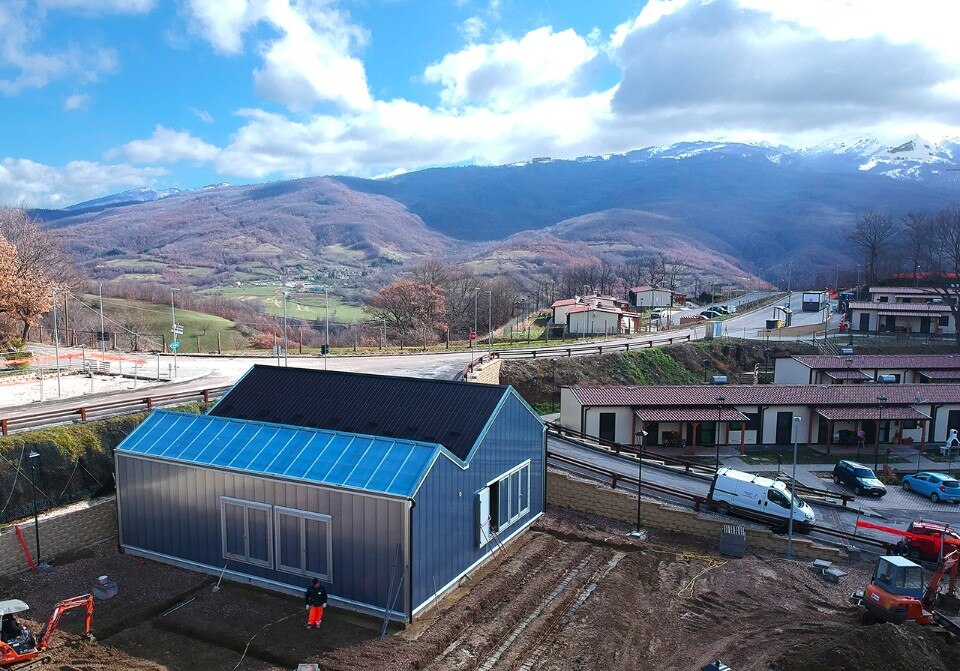
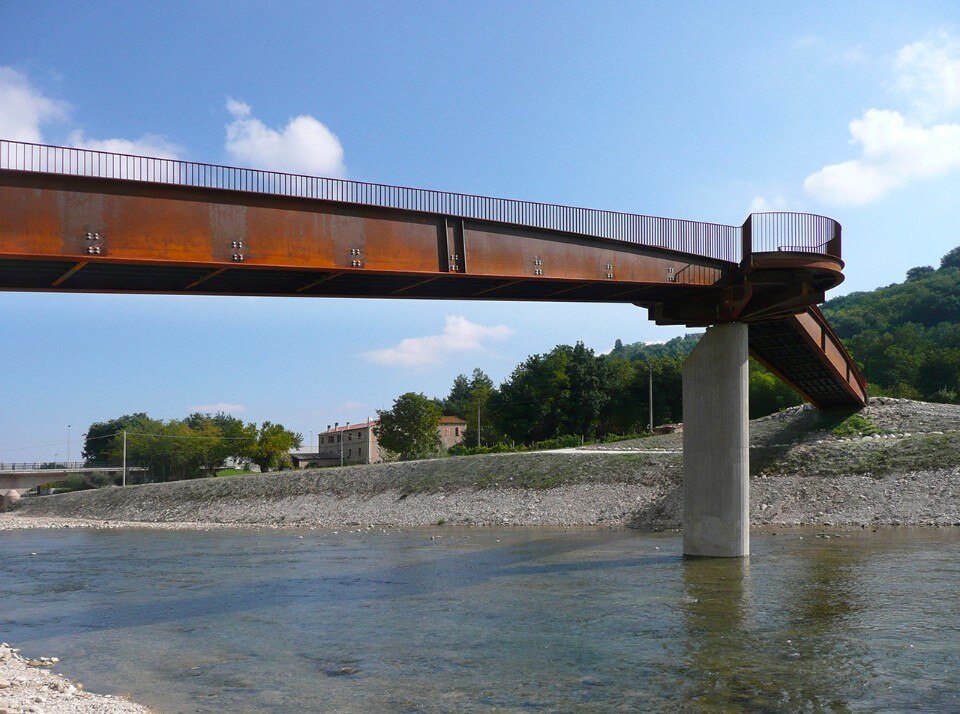
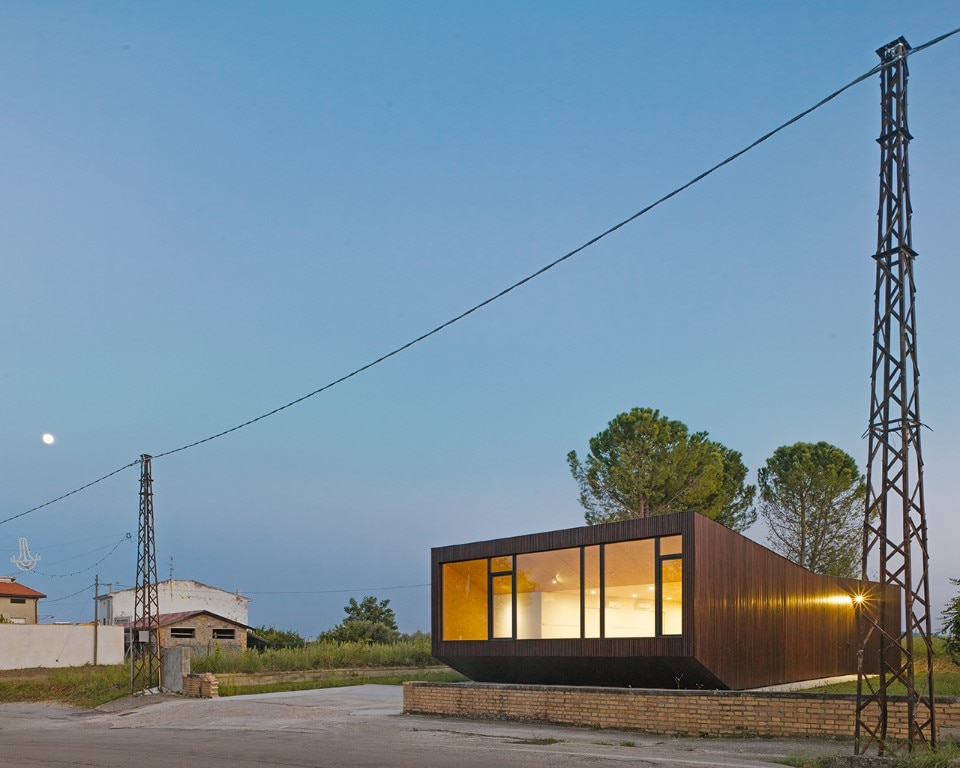
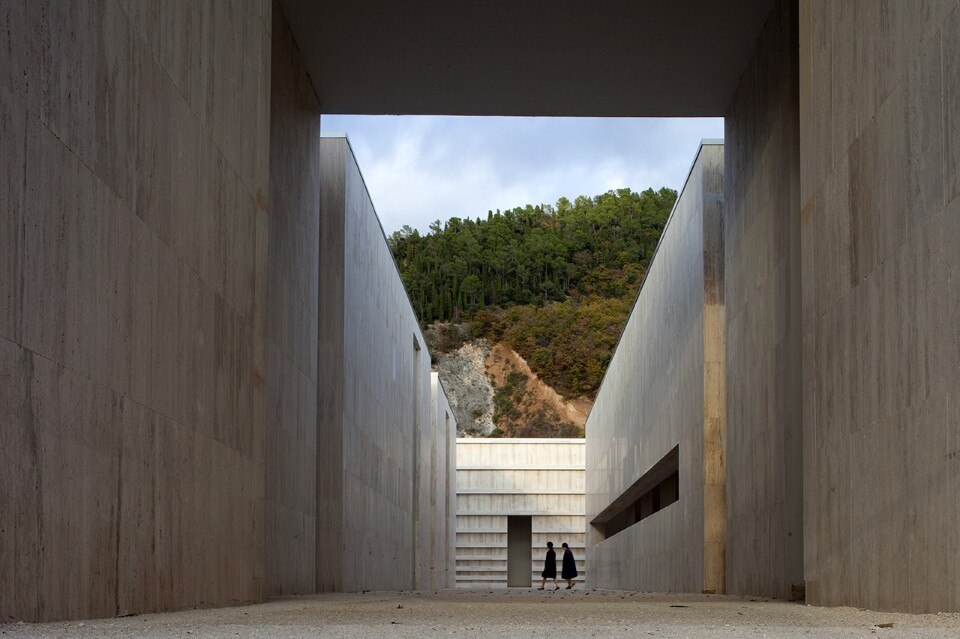
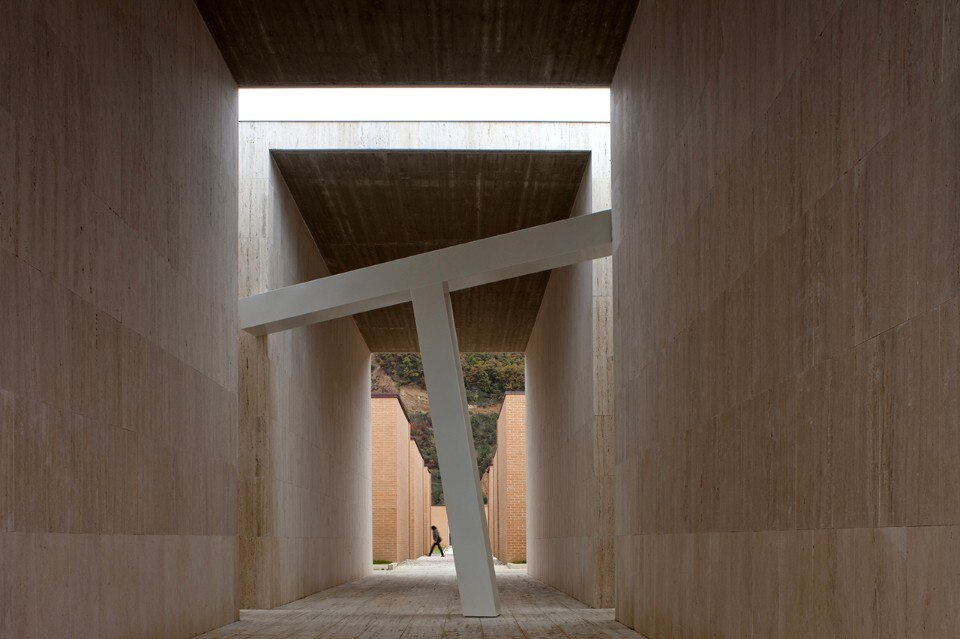
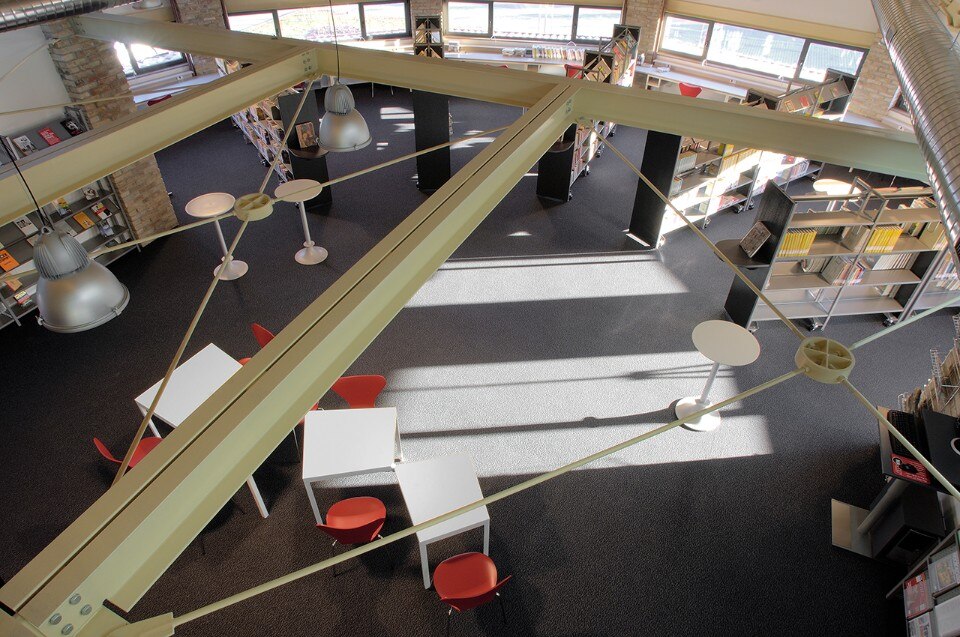
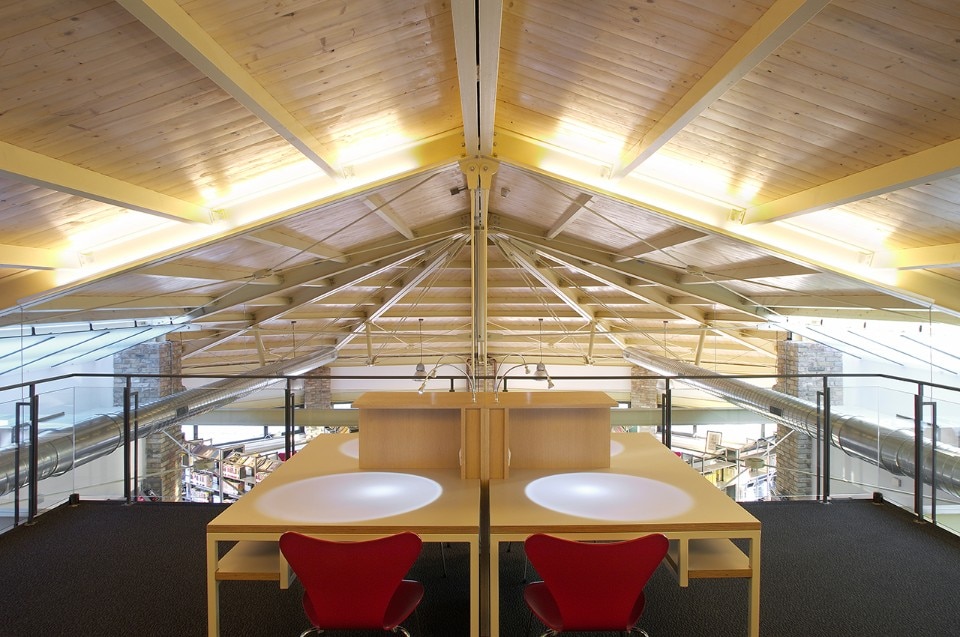
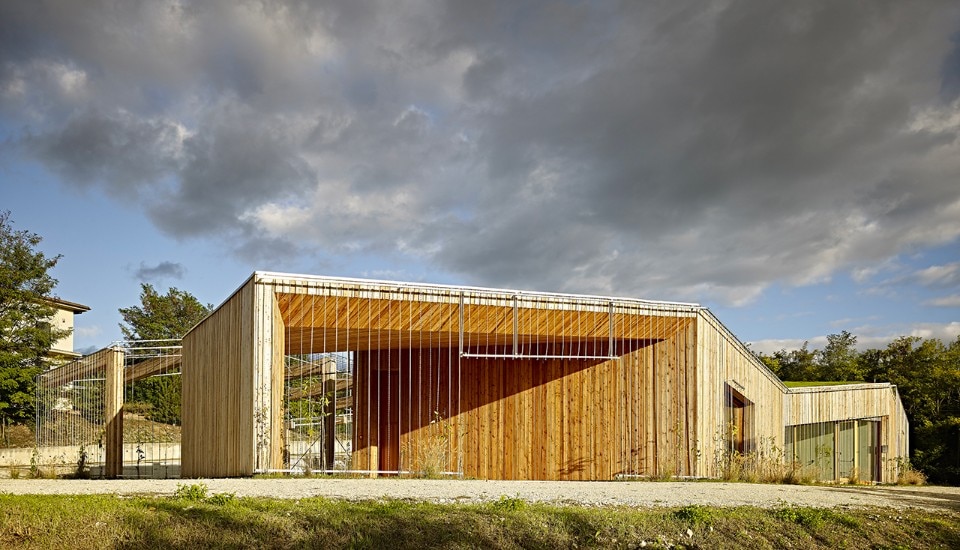
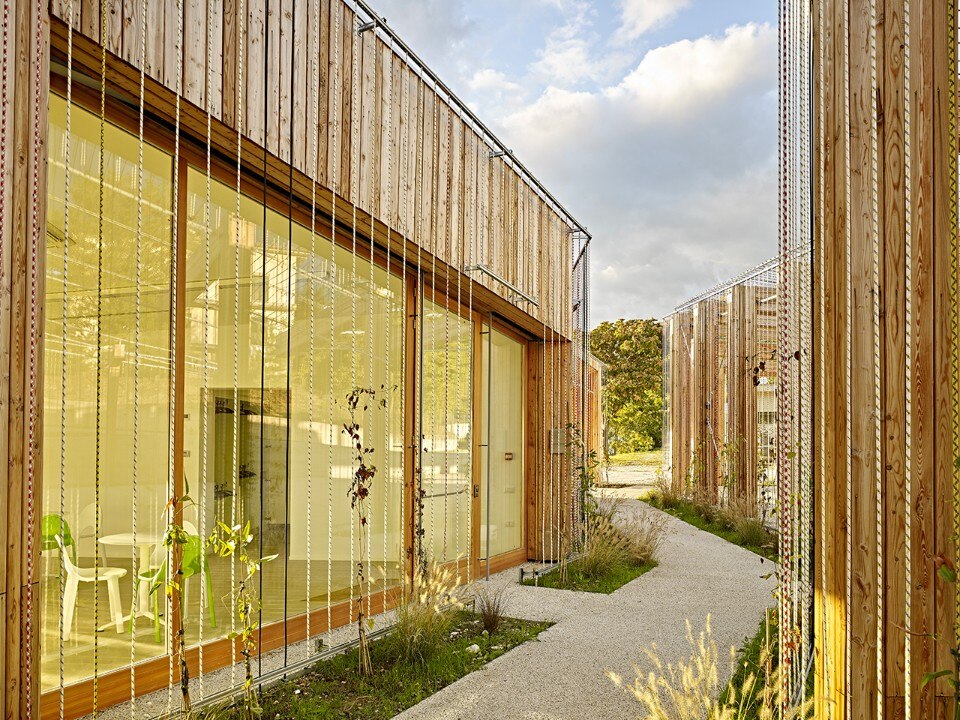
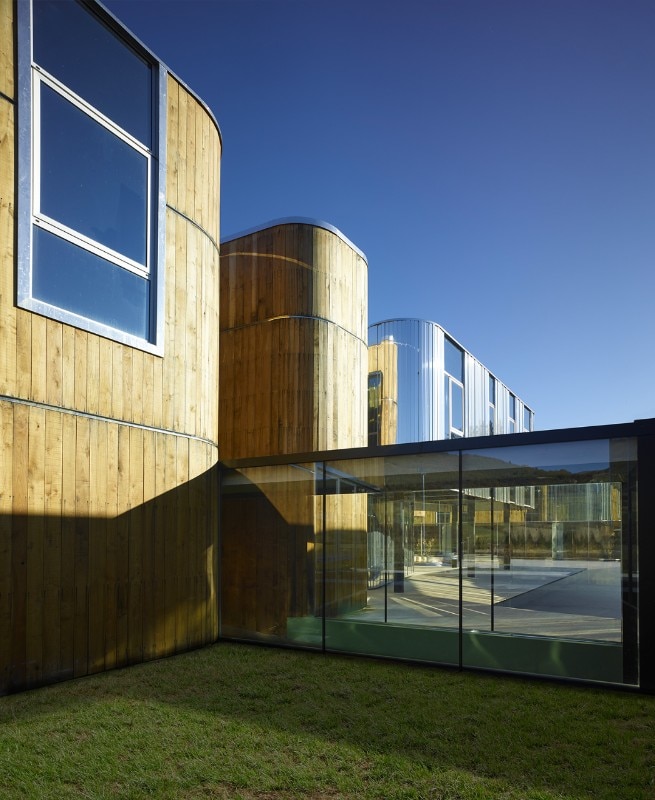
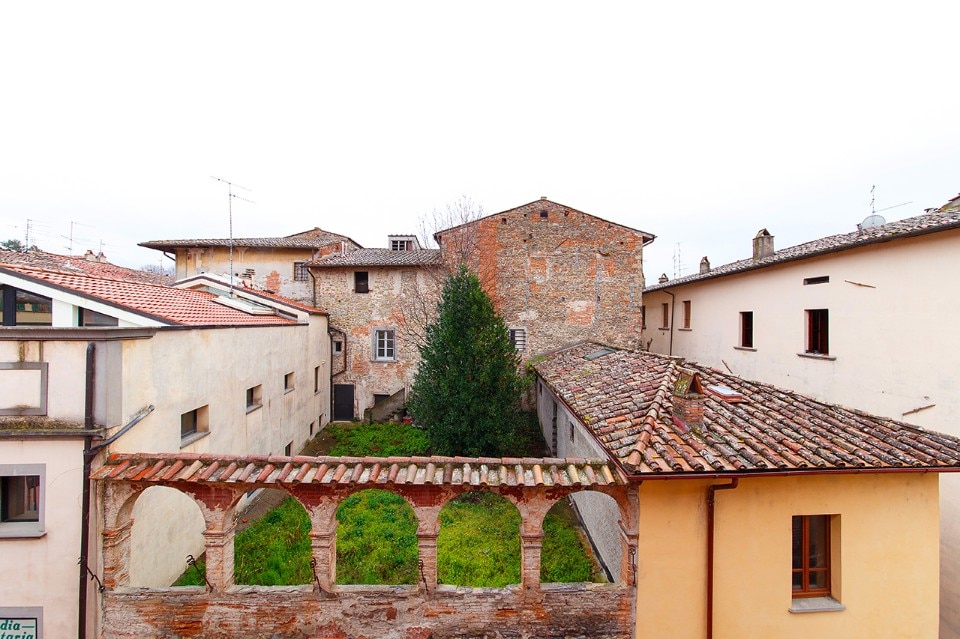
Others represent small-scale alterations of public space such as in the village of Compiano, where one castle tower has become a terrace, and in Bagnoregio, where two levels of the town were joined handsomely. Reacting to natural destruction, some designs are measured responses to earthquakes (see The Learning Garden school). There are novel combinations of old and new, like a science-education centre in a former hydropower plant (Ligonchio) or a museum about the olivastra, a local olive cultivar in Seggiano. The Cantina Podernuovo winery is one with its surroundings; Il Giardino Coperto is a bright and cheery kindergarten. As we continue our way down, the Central Apennines show us La Casa Nera, a dialogue with the landscape. In Sansepolcro, a former barracks for Carabinieri is in use for quite opposite purposes.
In Gubbio, the extension of a cemetery finally includes settings conducive to thinking, just as the footbridge over the Esino River offers a spot for contemplation in the middle of a thoroughfare. The former brick-firing complex in Maiolati Spontini is now a library and meeting place. Nearing the Sibillini Mountains, a meat-curing factory was born from intimate communion with the site. Architectural projects in Poggio Picenze and Accumoli are more efforts to mend seismic damage. Last but not least, the Padiglione della Transumanza pavilion is a rediscovery of old drove roads used by herders and their sheep.
This article is part of “Arcipelago Italia” , a supplement dedicated to the Italian Pavilion, attached to Domus 1025, June 2018.
- Title:
- Arcipelago Italia
- Curated by:
- Mario Cucinella
- Pavilion:
- Italy
- Opening dates:
- until 26 November 2018
- Venue:
- Arsenale della Biennale di Venezia
- Address:
- Campiello Tana 2169/F, Venice


